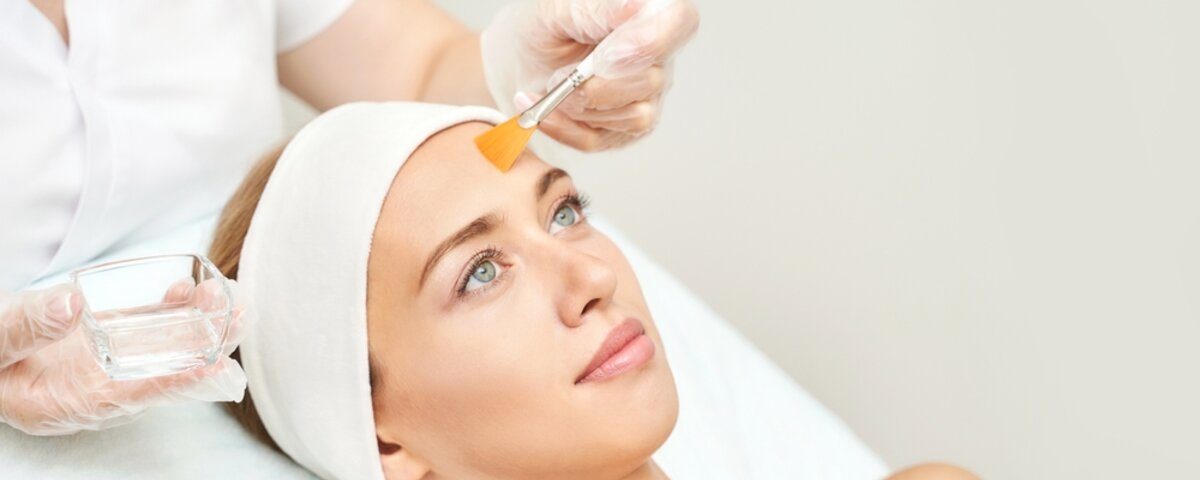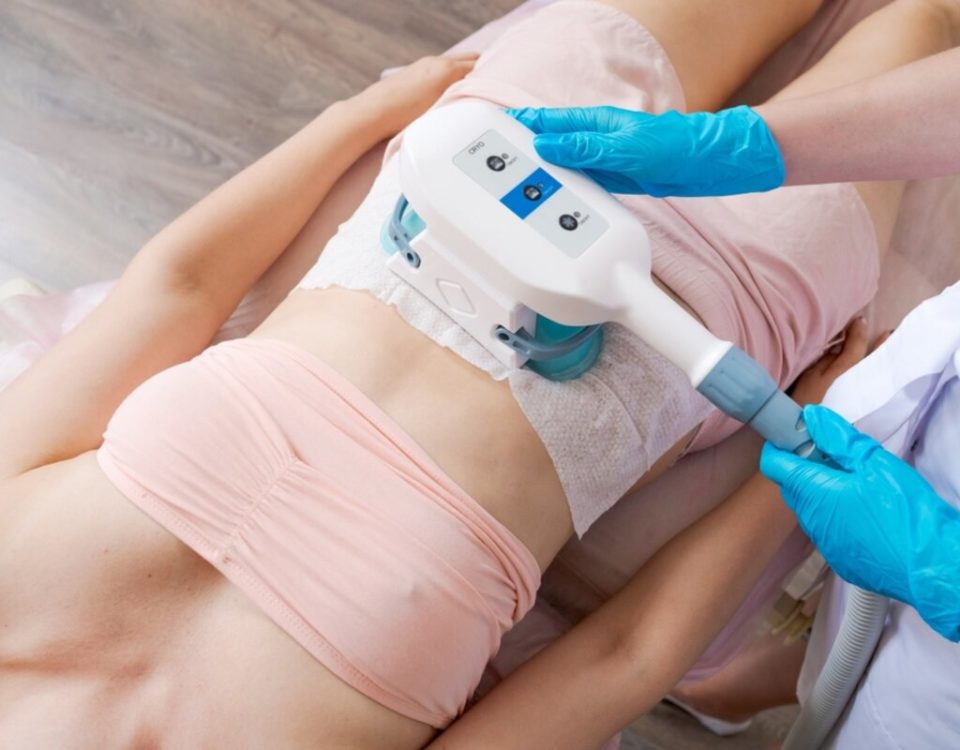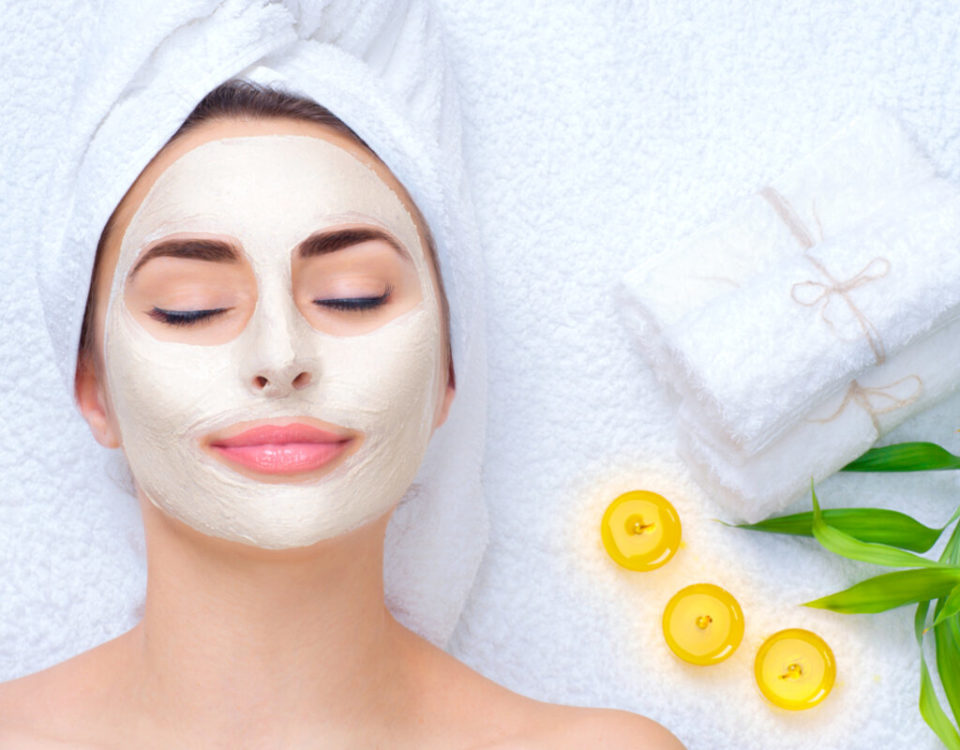
How Often Should I Get a Facial?
March 14, 2024
What Is Coolsculpting and How Does it Work
May 6, 2024Chemical peels are popular cosmetic dermatology treatments that can significantly improve skin texture and complexion. Whether you’re considering getting a chemical peel or have just undergone the procedure, proper aftercare is crucial for preventing breakouts, infection, and scarring. In this comprehensive guide, we will explore the benefits of a chemical peel, what to expect during the treatment, and provide you with essential dos and don’ts for optimal recovery.
What Are the Benefits of a Chemical Peel?
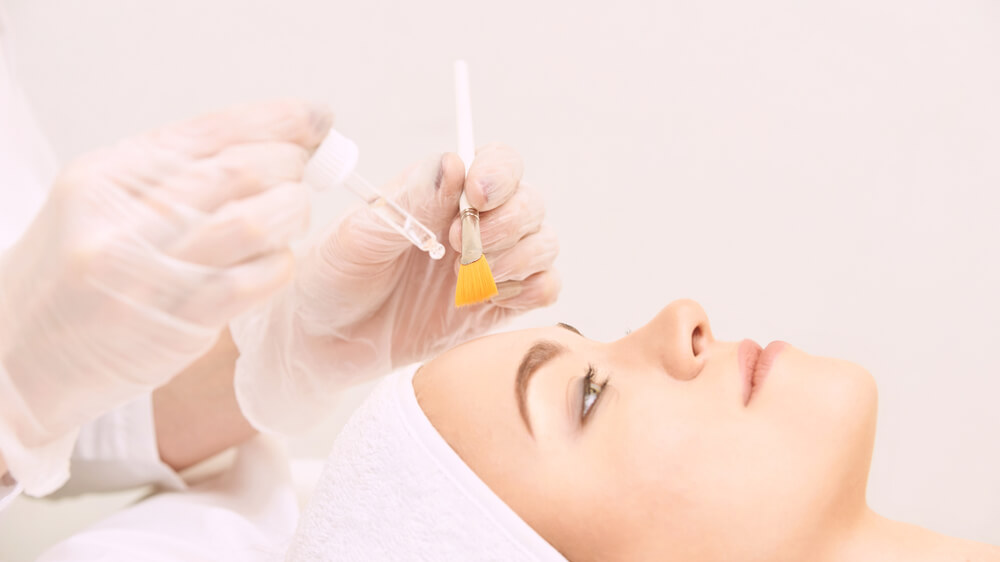
Chemical peels offer a range of benefits, all aimed at improving the overall appearance and health of your skin. Here are some of the key advantages:
Minimize Pores and Fine Lines
Chemical peels can help reduce the appearance of enlarged pores, fine lines, and wrinkles, giving your skin a smoother and more youthful look.
Improve Skin Tone and Color
By exfoliating the outer layers of the skin, chemical peels can help even out skin tone, fade hyperpigmentation, and reduce the appearance of dark spots and discoloration.
Smooth Skin Texture
Chemical peels promote the regeneration of new skin cells, resulting in smoother and softer skin texture.
Treat Acne and Acne Scarring
Chemical peels can be an effective treatment for acne and the scarring it may leave behind. They help unclog pores, reduce inflammation, and promote skin healing.
Address Sun Damage
Chemical peels can help reverse the effects of sun damage, including sunspots, uneven skin tone, and rough texture caused by prolonged sun exposure. As you can see, there are several benefits of chemical peels, but it’s important to note that not everyone is an ideal candidate. Consulting with a dermatologist will help determine if a chemical peel is the right cosmetic treatment for you.
What to Expect During a Chemical Peel
The process and results of a chemical peel can vary depending on the type and depth of the peel. There are three main types of chemical peels:
Superficial Peel
This type of peel uses a mild acid, such as alpha-hydroxy acid or Jessner’s solution, to exfoliate only the outermost layer of the skin. It is suitable for treating mild discoloration, acne, and rough skin texture.
Medium Peel
A medium peel involves the application of glycolic or trichloroacetic acid to penetrate the outer and middle layers of the skin. It is effective in treating fine lines and wrinkles, skin discoloration, freckles, and age spots.
Deep Peel
Deep peels are not typically performed at all dermatology practices. They involve the use of stronger chemical solutions, such as phenol, to penetrate deep into the skin layers, addressing more severe skin concerns. Deep peels usually require more extensive downtime and recovery.
During a chemical peel, the dermatologist will cleanse your skin thoroughly and apply the chemical solution to the treatment area. You may experience a tingling or stinging sensation, which is normal and usually subsides after a few minutes. The peel will be left on your skin for a specific duration, determined by the dermatologist, before being neutralized and removed. The entire process typically takes about 30 to 60 minutes, depending on the type of peel.
After the treatment, you may notice some redness, mild swelling, and skin tightness, which are expected reactions. The extent and duration of these side effects will depend on the depth of the peel. Your dermatologist will provide specific instructions on how to care for your skin during the recovery period.
Chemical Peel Aftercare Dos and Don’ts
To ensure optimal recovery and maximize the benefits of your chemical peel, it’s essential to follow proper aftercare instructions. Here are the dos and don’ts to guide you through the healing process:
Dos:
Protect Your Skin from the Sun
Sun protection is crucial after a chemical peel. Your skin will be more sensitive to the sun’s harmful UV rays, so it’s vital to use a broad-spectrum sunscreen with SPF 30 or higher. Apply it generously to all exposed areas of your skin, even on cloudy days. Consider wearing a wide-brimmed hat and seeking shade when outdoors.
Keep Your Skin Clean
Cleanse your face gently with a soap-free cleanser recommended by your dermatologist. Avoid using harsh cleansers or scrubs that can irritate your healing skin. Use lukewarm water and pat your skin dry with a soft towel, avoiding any rubbing or harsh movements.
Moisturize Regularly
Hydrating your skin is crucial during the recovery period. Use a gentle, fragrance-free moisturizer to keep your skin hydrated and prevent dryness. Look for moisturizers that are specifically formulated for post-peel care and free of harsh chemicals or irritants.
Follow a Skincare Routine
Your dermatologist may recommend a specific skincare routine tailored to your skin type and the type of peel you received. This may include the use of serums, creams, or other products to aid in the healing process and enhance the results of your peel.
Stay Hydrated
Drinking an adequate amount of water is essential for overall skin health and healing. Proper hydration helps your skin recover more effectively and maintain its natural moisture balance.
Don’ts:
Avoid Sun Exposure
Minimize your exposure to direct sunlight, especially during peak hours when the sun’s rays are strongest. Prolonged sun exposure can lead to pigmentation issues and hinder the healing process. If you must go outside, wear protective clothing and reapply sunscreen every two hours.
Don’t Pick or Peel Your Skin
It’s essential to resist the temptation to pick, scratch, or peel off any flaking or peeling skin. Let your skin naturally shed the dead cells, as picking can lead to scarring, infection, and delayed healing.
Avoid Harsh Skincare Products
Steer clear of harsh skincare products, such as exfoliants, retinol, or alpha-hydroxy acids (AHAs), during the healing process. These products can further irritate your healing skin and disrupt the recovery process.
Don’t Overexert Yourself
Avoid strenuous activities, excessive sweating, and heat exposure, such as hot baths or saunas that can increase skin redness and irritation. Allow your skin to heal and recover without unnecessary stress.
Skip Makeup for a Few Days
It’s best to avoid wearing makeup immediately after a chemical peel. Give your skin some time to breathe and recover. Your dermatologist will provide guidance on when it’s safe to resume using makeup.
Remember, every individual’s recovery process may vary, and it’s important to follow the specific instructions provided by your dermatologist. They will monitor your progress and guide you through the healing journey.
Embrace Radiant Skin with Diligent Chemical Peel Aftercare
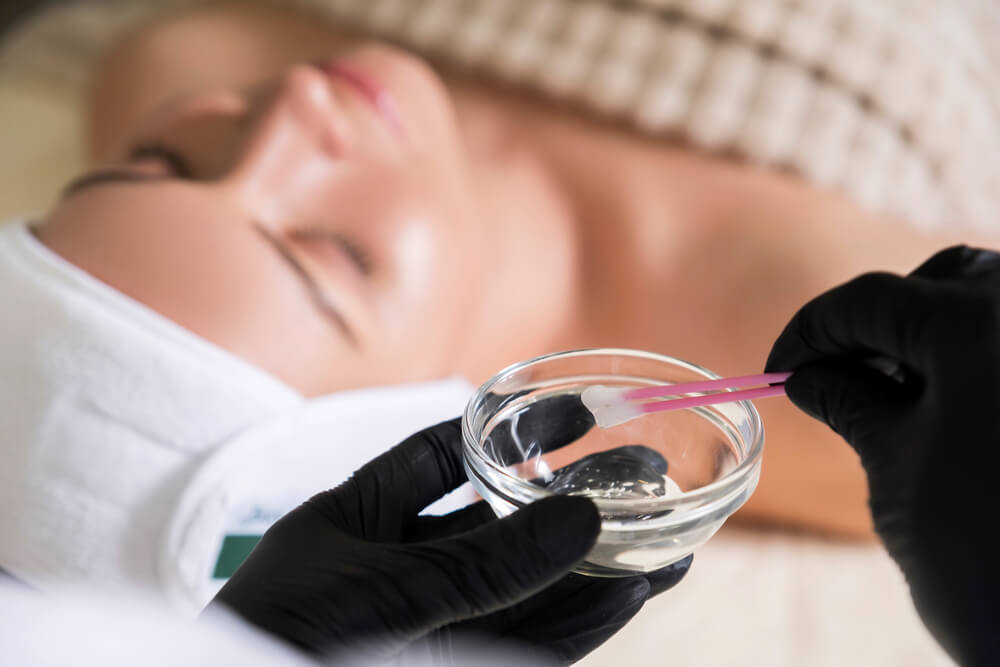
By following these aftercare tips and guidelines, you can ensure a smooth recovery and reap the full benefits of your chemical peel. Remember, patience is key, as it may take several weeks for your skin to fully heal and reveal its refreshed and rejuvenated appearance.
If you have any questions about aftercare for chemical peels or would like to set an appointment, contact Spa MD today.
New Clients:
$35 deposit for all new clients
Cancellation/No Show Policy:
$35 fee for all no show, no call and any cancellations less than 24hrs before the start of your appointment.Any prepaid services will be forfeited.
Call us at +1(651)222-4490
Email us at SpaConsultantsMD@gmail.com
or, Schedule a free consultation
We are located on the main level inside of the Blair Arcade Building. We validate parking in the lot connected to the building off of Selby. Be sure to bring your ticket in with you!

